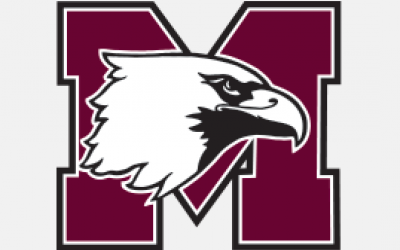AC JOINT SPRAIN (ACROMIOCLAVICULAR JOINT)
The acromioclavicular (AC) joint — along with ligaments — connects your collarbone and shoulder blade.
September 26, 2018
OVERVIEW
What Is an Acromioclavicular (AC) Joint Injury?
The acromioclavicular (AC) joint — along with ligaments — connects your collarbone and shoulder blade.
An injury to the AC joint is called a shoulder separation.
Types of AC joint injuries
The type of shoulder separation depends on how much you tear the coracoclavicular (CC) ligaments that hold the bones in place.
- Type I = the AC ligament is slightly torn, but there's no damage to the CC ligament is unharmed.
- Type II = the AC ligament is completely torn, and there's little or no tear to the CC ligament.
- Type III = both the AC and CC ligaments are completely torn. In this case, the collarbone separates from the end of the shoulder blade.
Shoulder separation or AC joint injury causes
Shoulder separation often happens because of a hit to:
- The tip or top part of your shoulder.
- Your outstretched arm.
You may damage the AC joint from a fall or hit during a game.
SYMPTOMS
AC joint injury symptoms
A shoulder separation may cause symptoms such as:
- Pain
- Limited motion in the shoulder
- Swelling
- Bruising
- Tenderness at the top of the shoulder
You may also be able to see a bump on the top of the shoulder.
Testing for a shoulder separation or an AC injury
Your physician will perform an exam to look for symptoms of an AC joint injury:
- Tenderness on ligament palpation
- Limited shoulder range of motion
- Decreased shoulder muscle strength
Your physician may take an x-ray of the shoulder to see the severity of the damage and ensure you haven't fractured your collarbone.
TREATMENT
Acromioclavicular (AC) Joint Injury Treatment Goals and Options
The main goals of treatment for an AC joint injury are to manage pain and allow the torn ligaments to heal.
Type I or II AC joint injury treatment
Treatments for type I and II injuries include:
- Icing the shoulder.
- Putting your arm in a sling to decrease motion.
You will need to wear the sling for a few days or more depending on how severe the injury.
You will need to begin physiotherapy as soon as you can to keep pain manageable, improve range of motion and strength of the shoulder.
Type III AC joint injury treatment
Your physician will decide the best course of treatment, based on the extent of damage to the joint.
You may have to wear a sling and undergo physical therapy.
In some cases, you may require surgery to repair the torn ligaments.
Content supplemented by UPMC Sports Medicine
